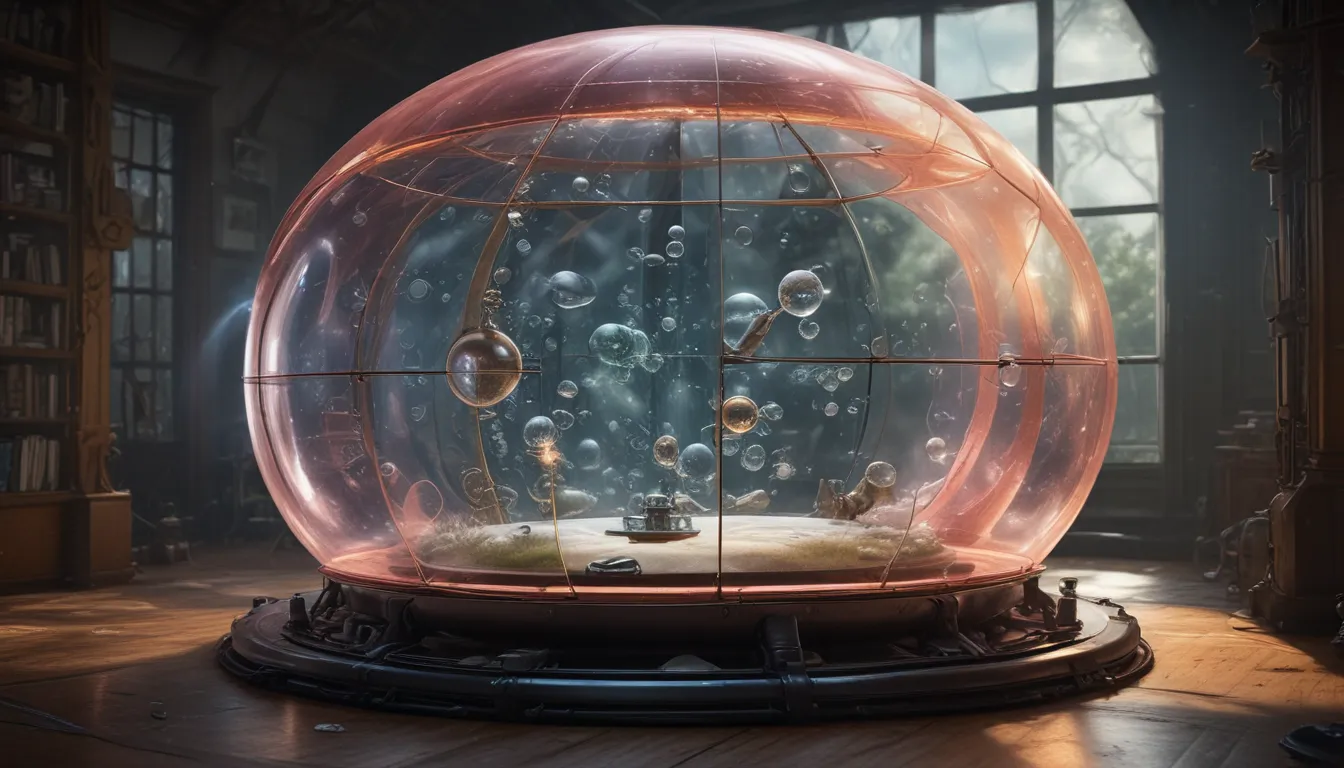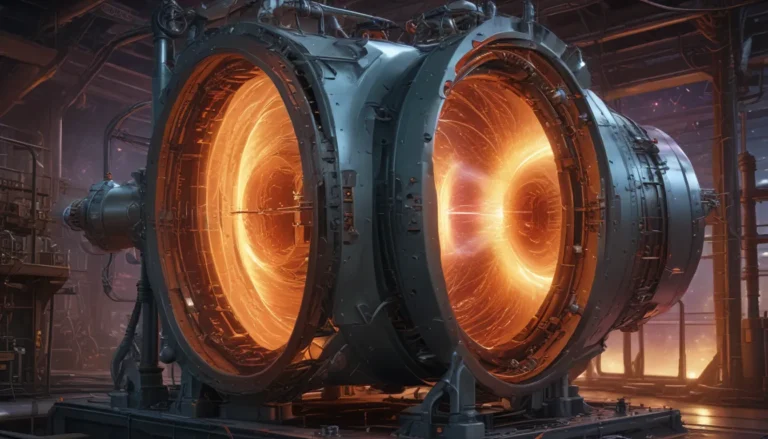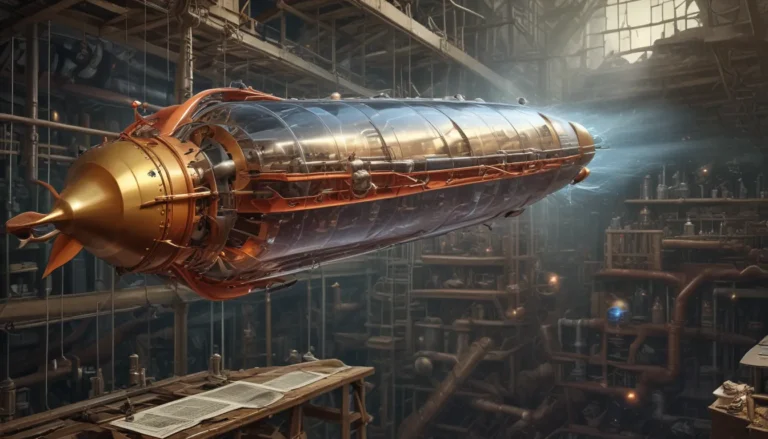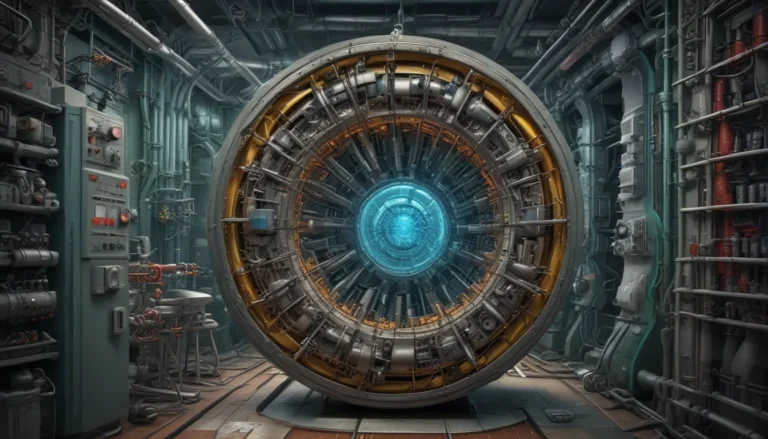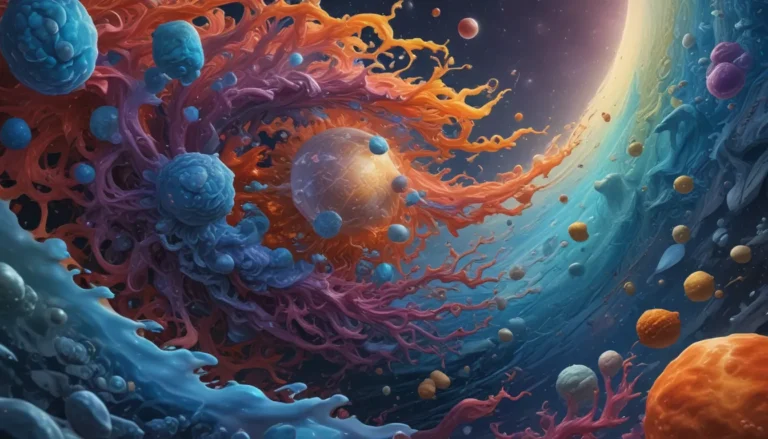A Note About Images: The images used in our articles are for illustration purposes only and may not exactly match the content. They are meant to engage readers, but the text should be relied upon for accurate information.
The world of particle physics is a captivating realm filled with intricate discoveries and revolutionary inventions that have reshaped our understanding of the universe. One such remarkable device that has left an indelible mark on the field of particle physics is the bubble chamber. Invented in 1952 by American physicist Donald A. Glaser, the bubble chamber has opened new avenues for scientists to study subatomic particles and unravel the mysteries of the universe.
Unveiling the Wonders of the Bubble Chamber
The bubble chamber operates by using superheated liquid, typically a combination of hydrogen and helium, in conjunction with high-energy particle beams to capture and visualize the paths of these minuscule particles. As charged particles traverse through the superheated liquid, they leave behind a trail of bubbles, which are then captured on photographic film. These bubble patterns provide scientists with valuable insights into the behavior of particles during collisions, decays, and other interactions, leading to groundbreaking discoveries in the world of particle physics.
Journey into Innovation: The Bubble Chamber’s Legacy
The bubble chamber stands as a testament to human ingenuity and curiosity, paving the way for numerous advancements in imaging technology and empowering women in science during its era. From the discovery of new particles such as the Higgs boson to providing visual evidence of particle interactions, the bubble chamber has played a pivotal role in expanding our knowledge of the fundamental forces of nature.
Unlocking the Secrets of the Universe: Key Takeaways
- The Bubble Chamber, invented in 1952, helped scientists study tiny particles and discover new ones.
- It captured bubble trails to reveal the secrets of the universe.
- The Bubble Chamber’s cool bubble patterns on film inspired new imaging tech and empowered women in science.
- It’s a symbol of our quest for knowledge and understanding.
Delving Deeper: Discovering the Fascinating Facts
-
The Genesis of the Bubble Chamber: The bubble chamber was first developed in 1952 by Donald A. Glaser, who later received the Nobel Prize in Physics for his groundbreaking invention.
-
Unraveling the Subatomic World: This ingenious device allowed scientists to track and analyze the paths of subatomic particles by detecting the bubbles formed when particles passed through the superheated liquid.
-
Visualizing Particle Interactions: By capturing images of particle paths over time, scientists were able to observe and study the behavior of particles during collisions, decays, and other interactions.
-
Crucial Discoveries: The Bubble Chamber played a vital role in the discovery of new particles such as the ??, J/?, and W and Z bosons, revolutionizing our understanding of fundamental particles.
-
Global Collaborative Efforts: Scientists from around the world worked together, sharing data and expertise to analyze the results obtained from Bubble Chamber experiments.
-
Advancements in Imaging Technology: The development of imaging techniques for the Bubble Chamber paved the way for innovative imaging technologies used in various fields today.
-
Empowering Women in Science: During its era, many women made significant contributions to particle physics, challenging gender biases and paving the way for future generations.
Embracing the Legacy: The Bubble Chamber’s Impact
While the Bubble Chamber has been largely replaced by more advanced technologies in particle physics experiments, its pioneering contributions and the insights gained from its use will forever be remembered in the annals of physics. As we continue to push the boundaries of our knowledge of the universe, the legacy of the bubble chamber serves as a reminder of humanity’s insatiable curiosity and relentless pursuit of knowledge.
In conclusion, the bubble chamber stands as an iconic symbol of particle physics, captivating and inspiring scientists and enthusiasts alike. Its mesmerizing bubble trails continue to spark curiosity and fuel the quest for further exploration into the enigmatic world of subatomic particles. As we delve deeper into the mysteries of particle physics, the legacy of the bubble chamber remains an enduring beacon of scientific innovation and discovery.
FAQs
- What is a bubble chamber?
-
A bubble chamber is a device used in particle physics experiments to detect and record the tracks of subatomic particles by capturing bubble trails in superheated liquid.
-
How does a bubble chamber work?
-
When charged particles pass through superheated liquid in the chamber, they cause the liquid to boil, forming bubbles along their path, which are then captured on photographic film.
-
What are the advantages of using a bubble chamber?
-
A bubble chamber allows scientists to visualize and study the behavior of subatomic particles in great detail, providing insights into their momentum, charge, and interactions.
-
What significant discoveries have been made using bubble chambers?
-
Bubble chambers have played a crucial role in measuring particle lifetimes, identifying new particles, studying particle interactions, and contributing to the development of the Standard Model of particle physics.
-
Is the bubble chamber still used today?
- While more advanced detectors have replaced the bubble chamber in most experiments, it is still utilized in specialized experiments where its unique capabilities are advantageous.
As we embark on a journey of endless discovery and exploration in the realm of particle physics, the bubble chamber’s legacy continues to inspire and propel us towards a deeper understanding of the universe’s fundamental building blocks. Join us in unraveling the mysteries of the subatomic world and embracing the wonders of scientific innovation and discovery.
